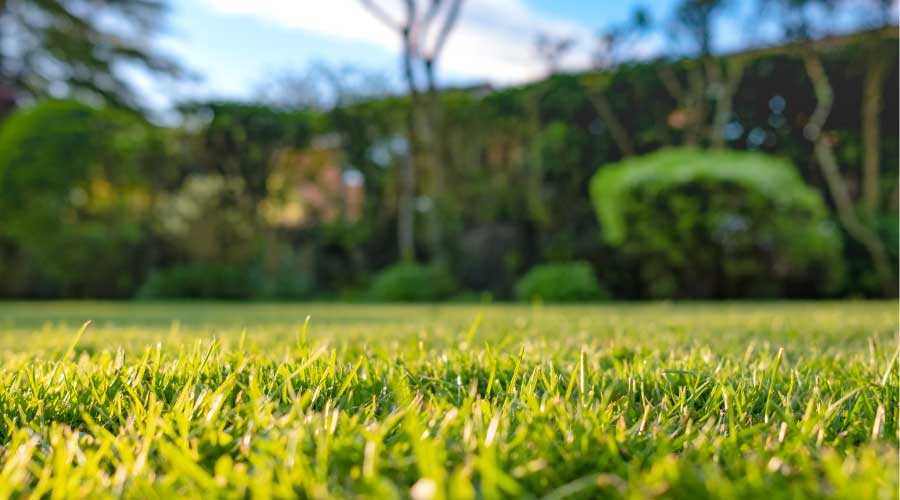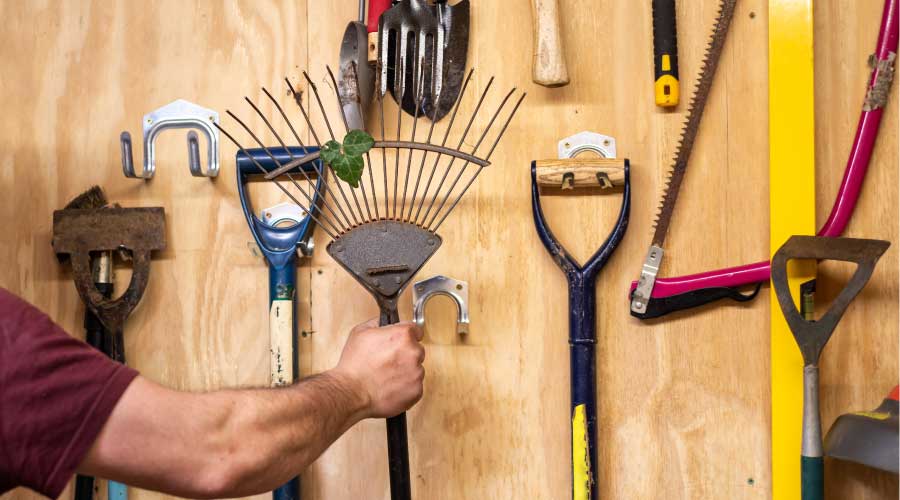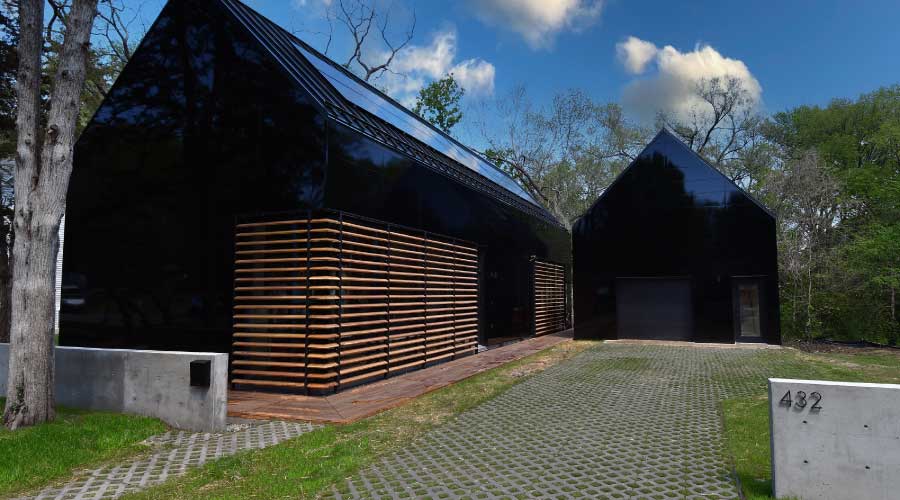
6 Steps to Prepare Your Commercial Facility Turf for Winter
Without the proper care during colder weather, turf can cause headaches for grounds managers come spring. November 7, 2023
By Tom Marsan, Contributing Writer
As the vibrant colors of autumn gradually give way to the cooler embrace of winter, it's time for grounds managers to turn their attention to preparing turf for the challenges that lie ahead. Below are six essential steps to fortify turf surrounding institutional and commercial facilities and ensure it weathers the seasonal transition with resilience and vigor. Keep your turf in top form during the winter months and beyond by following these six steps every fall.
Remove leaves & other debris
Raking leaves and sticks helps maintain the health and vitality of your grass. Allowing leaves to accumulate and linger on your lawn for extended periods, especially during the autumn months when grass is still actively growing, can pose a risk to the grass blades. Timely leaf removal is crucial to ensure that the grass receives maximum sunlight exposure, facilitating the process of storing essential food reserves in its roots. This stored energy is the key to the grass's ability to survive the challenges of winter and thrive when spring arrives.
Pull weeds
Eliminating weeds before the onset of winter is a crucial step in safeguarding turf. When left unchecked, these persistent invaders can stage a comeback in full force come spring, creating a competition with grass for essential resources such as nutrients, sunlight, and water. Winter's cold months serve as a dispersal period for weed seeds, ensuring their wide distribution throughout your turf.
Dethatch
Dethatching turf is an easy task which can be done using a basic leaf rake, but there are also specific machines and rakes for dethatching. The process involves removing the dense layer of thatch, a mat-like accumulation of organic debris such as dead grass, leaves, and roots that have not decomposed. When this layer becomes too thick, it can stop air, water, and nutrients from getting in, jeopardizing the long-term health of your grass.
It’s important to note that not all turf will need dethatching. Thatch that is less than 1/2 inch thick can actually be helpful for reducing soil compaction, retaining moisture, and protecting against cold and heat. Measure the amount of thatch buildup by digging up a small portion of grass and soil, or by measuring the depth with a finger. If pushing down farther than 1 inch, it might be time to dethatch.
Aerate
Aerating is the process of puncturing the soil with small holes so that air, water, and nutrients can get into the roots. If the soil is too compact, it can create growth issues.
Because of the milder temperatures, as well as the heavier rainfall, it’s best to aerate in either the spring or the fall every year to ensure robust and strong turf. There are several tools that can be used to aerate which include a tow behind spike aerator, a manual aerator, a push behind aerator, and even aerator shoes.
The grass should be moist, so it’s a good idea to water it for a day or two before aerating as well. Some properties will ask us to aerate in the fall and spring of every year.
Overseed
Grass will thin out over time as the turf gets older. The leftover space will then be filled with weeds in the spring unless overseeding occurs in the fall. Fall is the best time to overseed turf because weed seeds don’t germinate in the fall, temperatures are milder, there are less pests and fungus, and moisture can be retained better than in the hot summer months.
By spreading fresh grass seed across your existing turf, managers can introduce new grass varieties, fill in bare patches, and strengthen the overall turf. This process not only helps in crowding out weeds but also thickens the grass, making it more resilient against disease, pests, and foot traffic.
Fertilize
The timing of the fall fertilization is crucial, as it allows the grass to absorb nutrients without the excessive growth often associated with spring fertilization. A well-timed fall fertilizer application helps ensure a greener, more robust turf in the coming year while reducing the risk of weed and disease infestations.
Tom Marsan is a certified snow professional who has been in the landscaping and snow removal industry for about two decades. He is an active member of ILCA and SIMA and is currently the general manager at Beverly Companies in Chicagoland.
Next
Read next on FacilitiesNet












